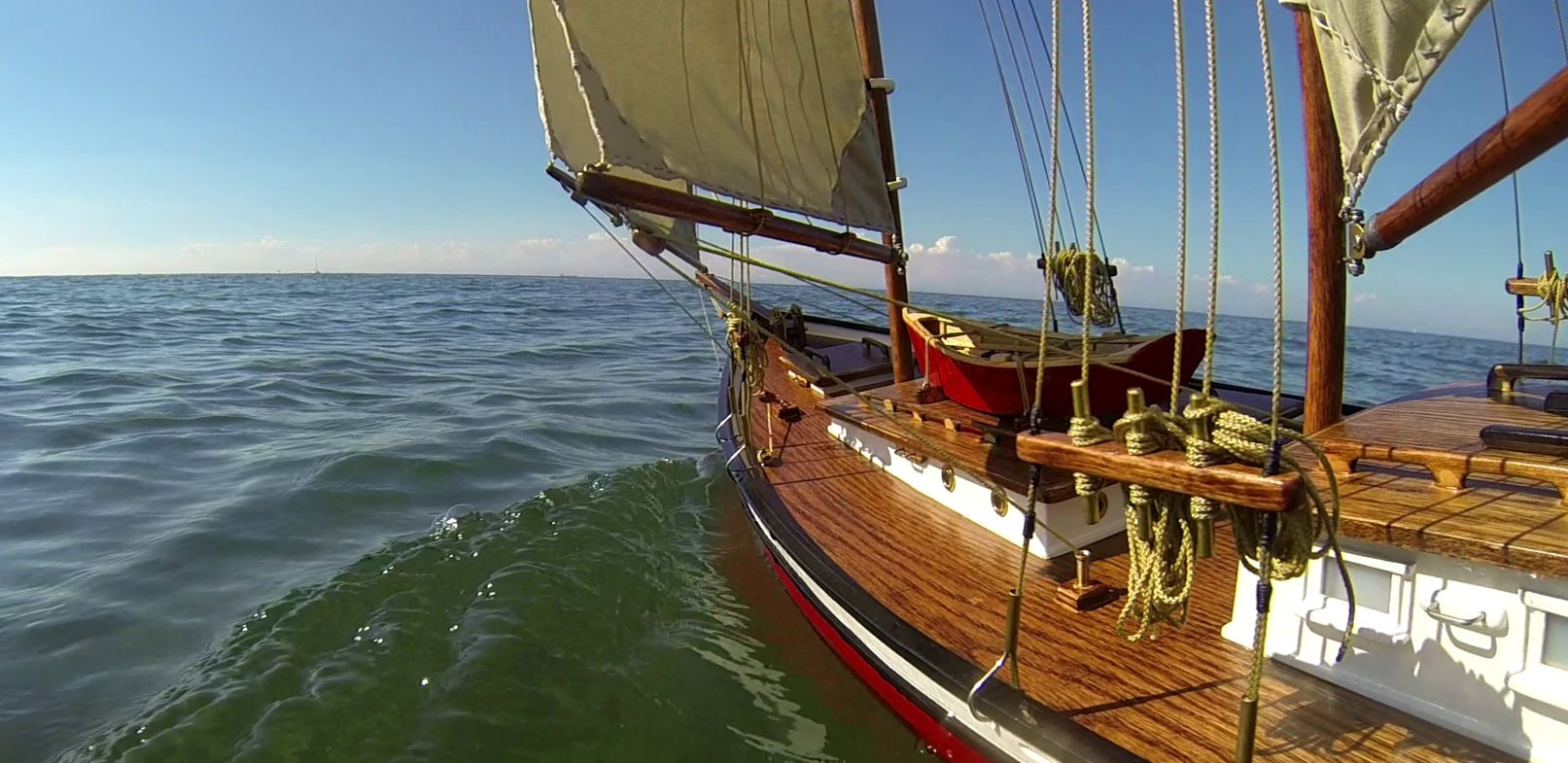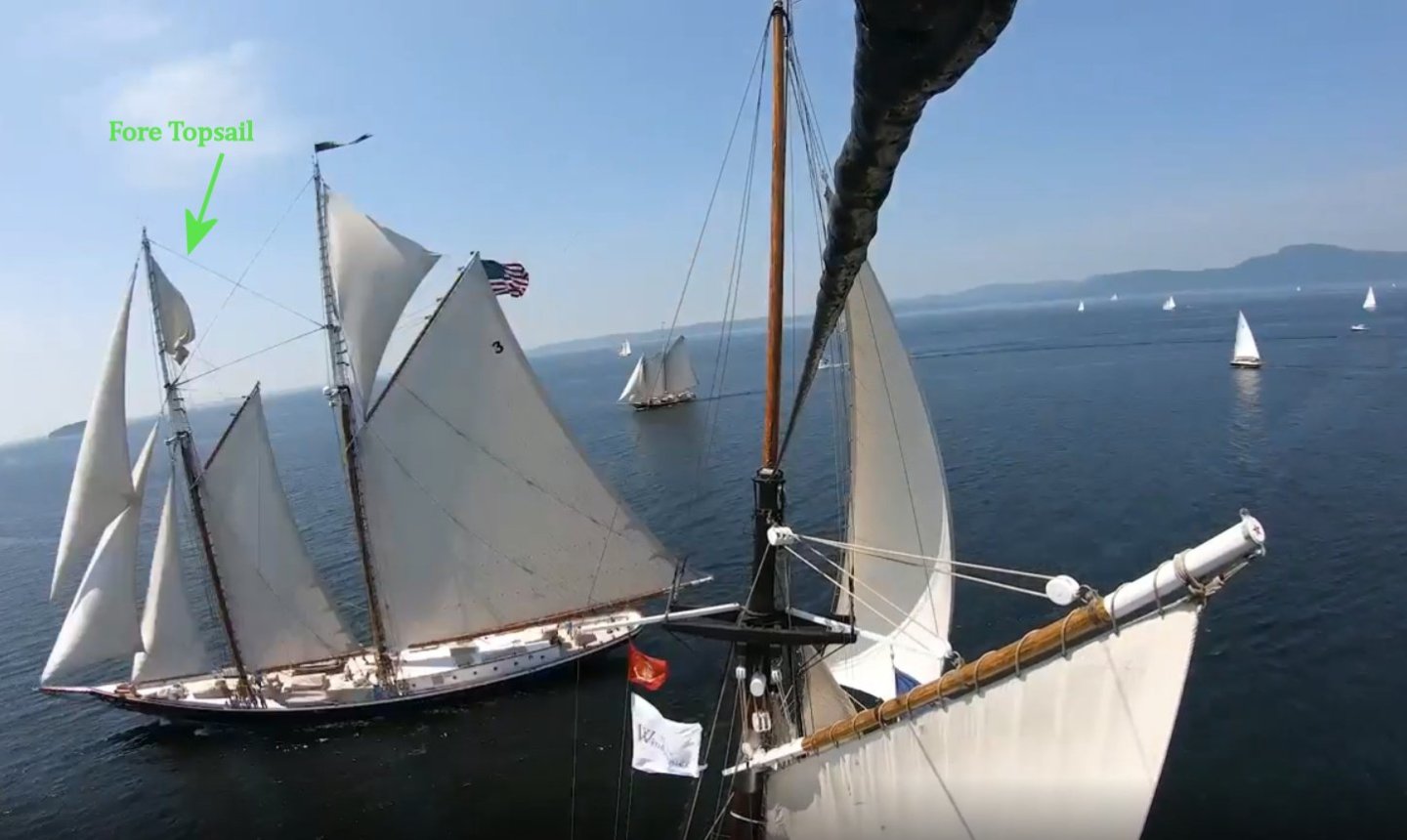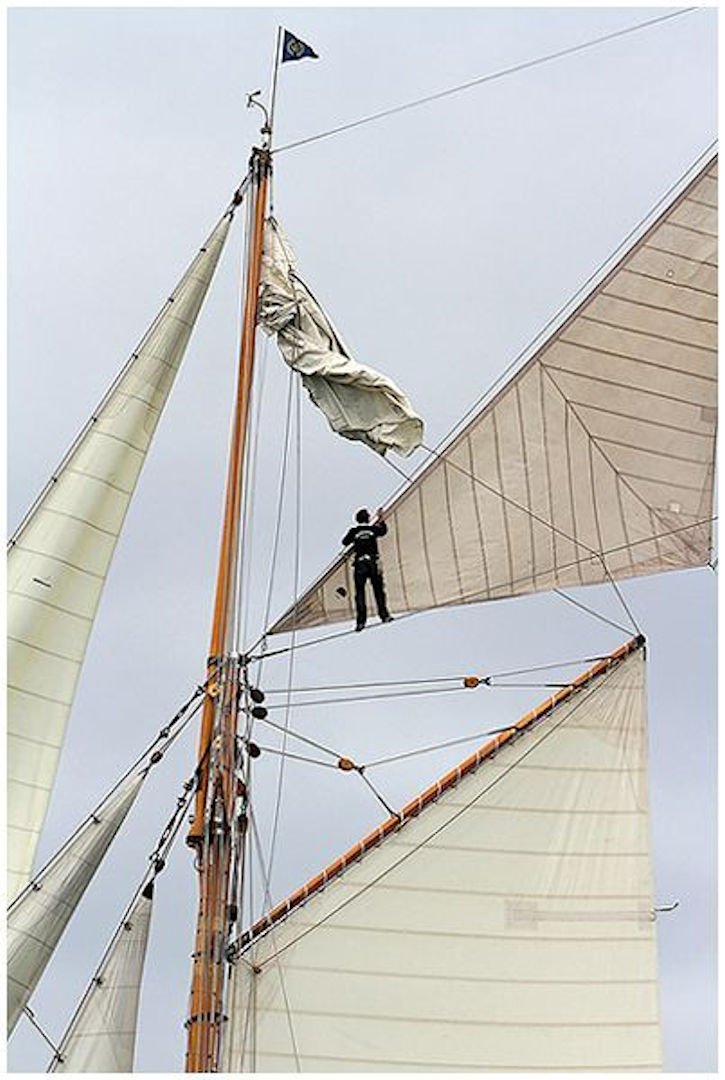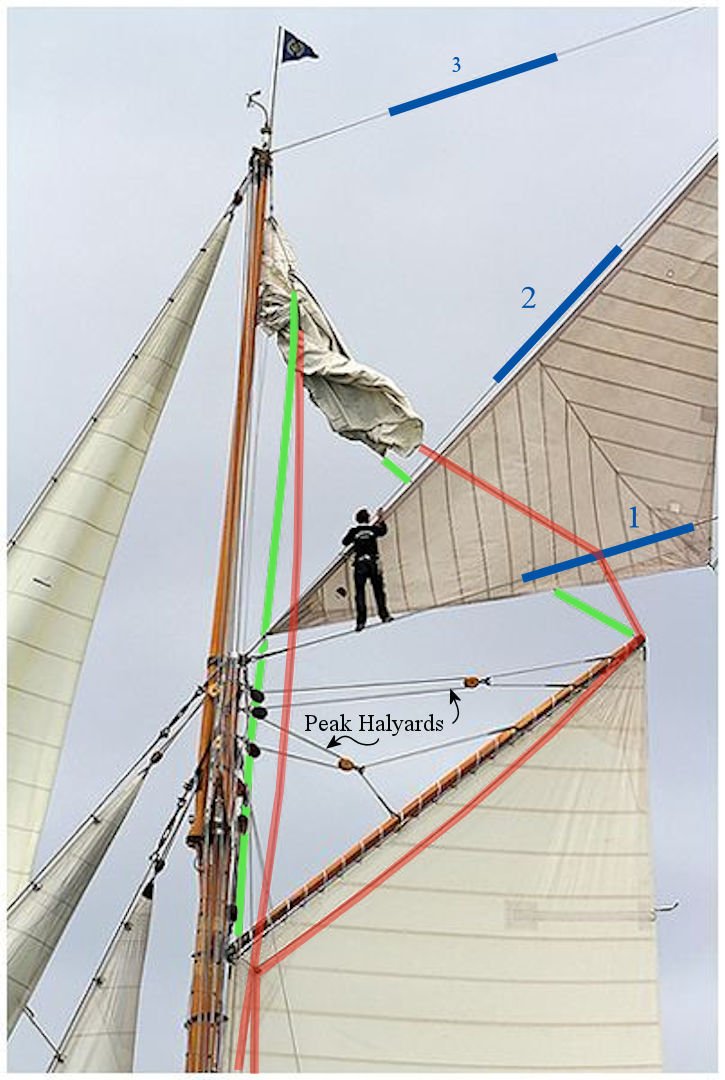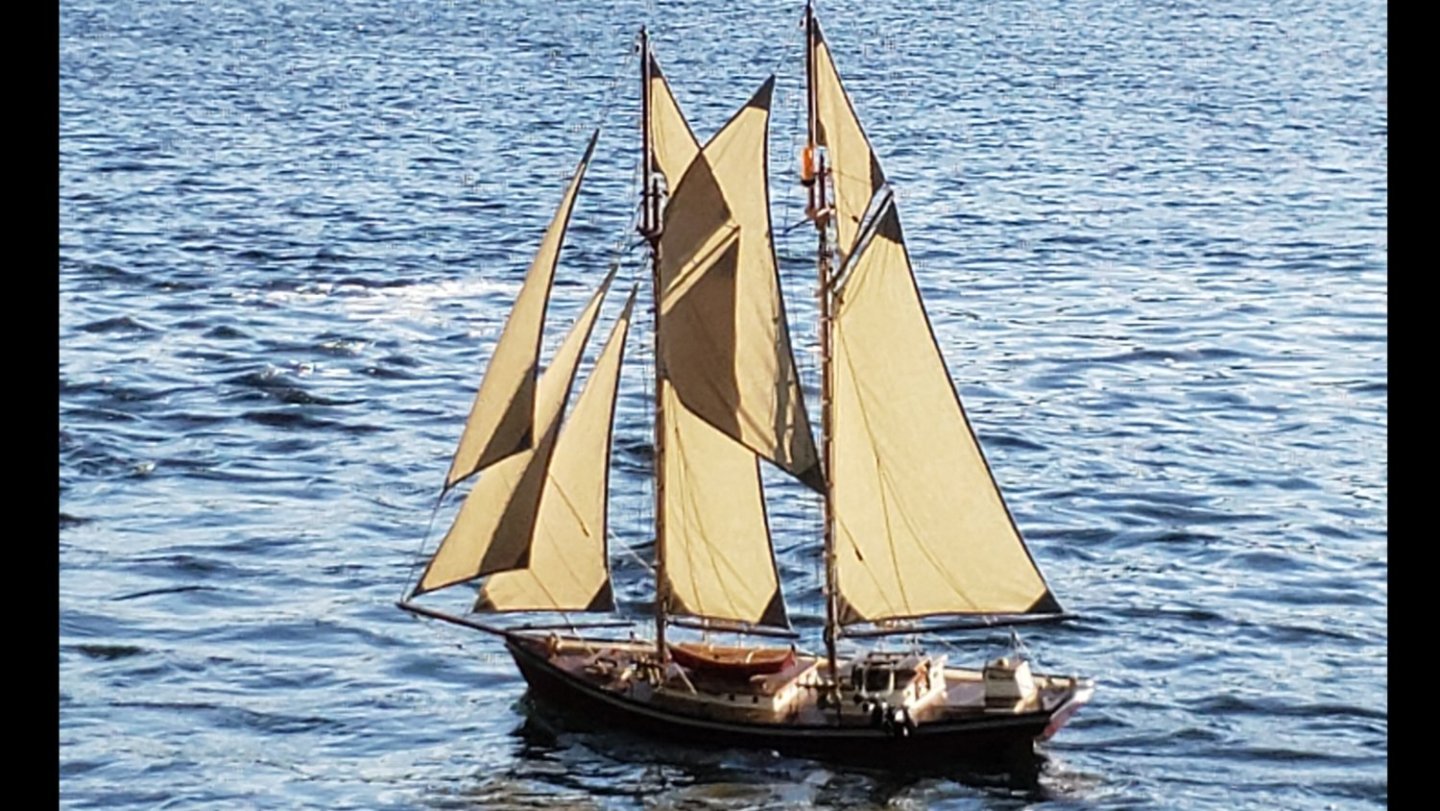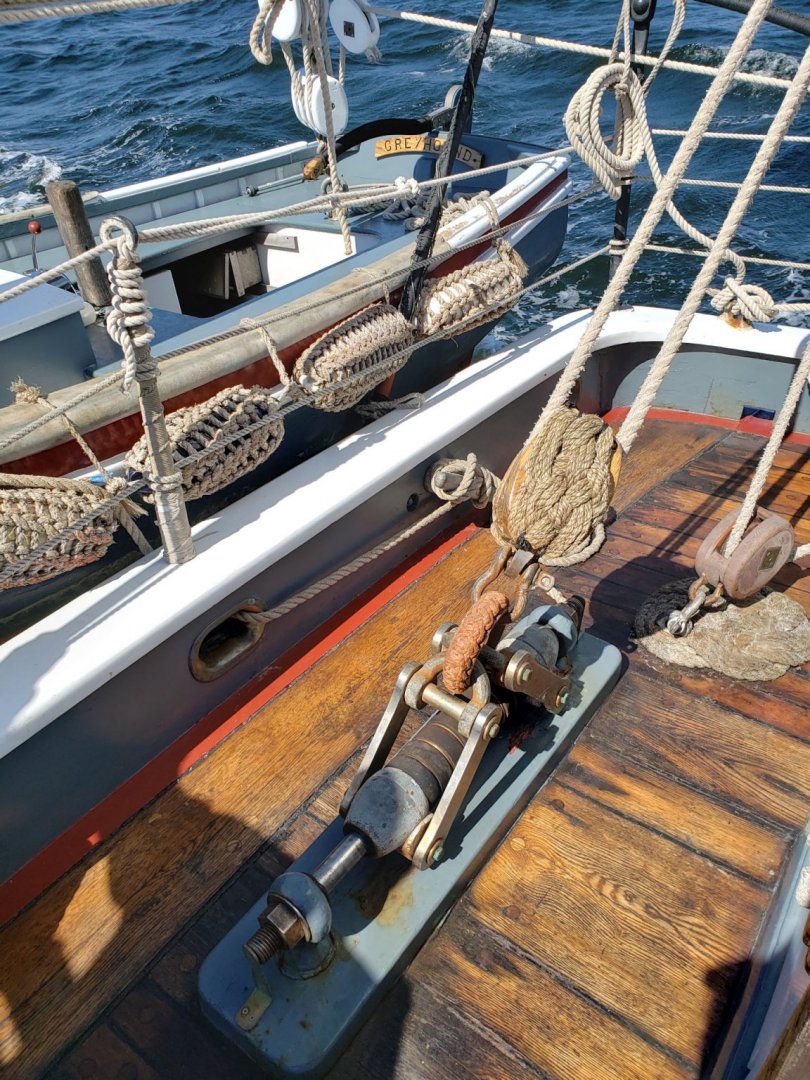-
Posts
54 -
Joined
-
Last visited
Profile Information
-
Location
Ottawa, Canada
Recent Profile Visitors
The recent visitors block is disabled and is not being shown to other users.
-
 Zbip57 reacted to a post in a topic:
Germania Nova 1911 by KeithAug - FINISHED - Scale 1:36 - replica of schooner Germania 1908
Zbip57 reacted to a post in a topic:
Germania Nova 1911 by KeithAug - FINISHED - Scale 1:36 - replica of schooner Germania 1908
-
 FriedClams reacted to a post in a topic:
Germania Nova 1911 by KeithAug - FINISHED - Scale 1:36 - replica of schooner Germania 1908
FriedClams reacted to a post in a topic:
Germania Nova 1911 by KeithAug - FINISHED - Scale 1:36 - replica of schooner Germania 1908
-
 mbp521 reacted to a post in a topic:
Germania Nova 1911 by KeithAug - FINISHED - Scale 1:36 - replica of schooner Germania 1908
mbp521 reacted to a post in a topic:
Germania Nova 1911 by KeithAug - FINISHED - Scale 1:36 - replica of schooner Germania 1908
-
 KeithAug reacted to a post in a topic:
Germania Nova 1911 by KeithAug - FINISHED - Scale 1:36 - replica of schooner Germania 1908
KeithAug reacted to a post in a topic:
Germania Nova 1911 by KeithAug - FINISHED - Scale 1:36 - replica of schooner Germania 1908
-
 mtaylor reacted to a post in a topic:
Germania Nova 1911 by KeithAug - FINISHED - Scale 1:36 - replica of schooner Germania 1908
mtaylor reacted to a post in a topic:
Germania Nova 1911 by KeithAug - FINISHED - Scale 1:36 - replica of schooner Germania 1908
-
 druxey reacted to a post in a topic:
Germania Nova 1911 by KeithAug - FINISHED - Scale 1:36 - replica of schooner Germania 1908
druxey reacted to a post in a topic:
Germania Nova 1911 by KeithAug - FINISHED - Scale 1:36 - replica of schooner Germania 1908
-
 Keith Black reacted to a post in a topic:
Germania Nova 1911 by KeithAug - FINISHED - Scale 1:36 - replica of schooner Germania 1908
Keith Black reacted to a post in a topic:
Germania Nova 1911 by KeithAug - FINISHED - Scale 1:36 - replica of schooner Germania 1908
-
Have you got that endoscope yet, so you can show Bean her portrait hanging at the bottom of the stairs in Germania's below deck hallway? https://modelshipworld.com/topic/19848-schooner-germania-nova-by-keithaug-scale-136-1908-2011/page/42/#comment-733471
-
 mtaylor reacted to a post in a topic:
Germania Nova 1911 by KeithAug - FINISHED - Scale 1:36 - replica of schooner Germania 1908
mtaylor reacted to a post in a topic:
Germania Nova 1911 by KeithAug - FINISHED - Scale 1:36 - replica of schooner Germania 1908
-
 mbp521 reacted to a post in a topic:
Germania Nova 1911 by KeithAug - FINISHED - Scale 1:36 - replica of schooner Germania 1908
mbp521 reacted to a post in a topic:
Germania Nova 1911 by KeithAug - FINISHED - Scale 1:36 - replica of schooner Germania 1908
-
 Zbip57 reacted to a post in a topic:
Germania Nova 1911 by KeithAug - FINISHED - Scale 1:36 - replica of schooner Germania 1908
Zbip57 reacted to a post in a topic:
Germania Nova 1911 by KeithAug - FINISHED - Scale 1:36 - replica of schooner Germania 1908
-
 mbp521 reacted to a post in a topic:
Germania Nova 1911 by KeithAug - FINISHED - Scale 1:36 - replica of schooner Germania 1908
mbp521 reacted to a post in a topic:
Germania Nova 1911 by KeithAug - FINISHED - Scale 1:36 - replica of schooner Germania 1908
-
 Keith Black reacted to a post in a topic:
Germania Nova 1911 by KeithAug - FINISHED - Scale 1:36 - replica of schooner Germania 1908
Keith Black reacted to a post in a topic:
Germania Nova 1911 by KeithAug - FINISHED - Scale 1:36 - replica of schooner Germania 1908
-
"We now return you to your regularly scheduled programming..." I haven't commented or complimented you nearly often enough on this thread. I followed your Altair build with rapt fascination, and now the Germania. Your skilled metal work and attention to the minutest details is absolutely mesmerizing. I always look forward to seeing every new photo posted and manufacturing trick revealed by you. You bring these gorgeous models to life in a way that sets my imagination running wild. The thumbnail for this video shows a fore-topsail being hoisted straight from the deck. And at 2:36 you see someone high in the rigging working on a brailled fore-topsail. This video really gets my blood flowing. So many beautiful boats.
-
 Zbip57 reacted to a post in a topic:
Germania Nova 1911 by KeithAug - FINISHED - Scale 1:36 - replica of schooner Germania 1908
Zbip57 reacted to a post in a topic:
Germania Nova 1911 by KeithAug - FINISHED - Scale 1:36 - replica of schooner Germania 1908
-
These 360 cameras really are a nifty bit of kit. A nice feature is that the camera itself and the selfie stick are automatically digitally removed from the resulting image, so it appears as though the viewpoint is floating in space. You can still see the camera's shadow though in my previous video. In the unedited full-360 video, there are a couple of different modes to select from, stabilized or non-stabilized. In gyro-stabilized mode, the image remains horizontally level looking at one spot on the horizon as the boat rotates and heels under the camera. With the viewing angle aimed at a particular tree on the shoreline, it'll remain looking at that tree as the boat turns away. In non-stabilized mode, the view rotates with the boat as it bobs and turns. You can select the viewing angle to look at the bowsprit, for example, and it'll stay aimed at the bowsprit as the boat turns. In either case you can click-and-drag the view as it's playing on Youtube to rotate the camera view to any chosen angle. Click and drag to change the viewing angle. Stabilized - https://youtu.be/ZFflivuntpY Non-stabilized - https://youtu.be/wazhC7-KZ70 The fun part is in the editing. The camera records everything in a full 360° spherical view. So you never need to worry about having the camera "aimed" in the wrong direction. It sees everything. In editing you can then choose which portion of the sphere to focus on, and zoom in or out, to create effects like tiny planet. You mark the viewing angle and zoom level at selected points in the video, and the software transitions smoothly from one point to the next and exports the resultant mpg file. Mine was the cheapest first generation Insta360 One, and I didn't have it properly calibrated yet in those two sample clips above. You can see the stitching lines don't meet up smoothly where the front and rear lenses overlap. More recent versions of these cameras are much improved.
-
That last photo is particularly interesting. Of course the topsails can simply be left in place, set to one side, but they're less effective when tacked to the wrong side. But this last photo is peculiar because you can see the fore-topsail is deformed where it's pressing against the gaff peak halyards. It really should be flown outboard of the peak halyard lines. But what's interesting is that it is outboard of the cross stays running between the masts. How did they manage that? Here's a photo showing someone working on a fore-topsail. And here I've added some colouring to identify the lines. Red & Green to mark the Port and Starboard tack lines and sheet lines. And Blue 1,2,3, marking the cross-stays running between the masts. You can see that, if the fore-topsail is fixed to one side, when tacking it would prevent the gaff from swinging freely to either side under cross-stays #1 and #2. The small triangular fishermans sail is almost self-tacking as it can pass freely between stays #1 and #2. But it would still require two separate sheets, one to port and one to starboard, with the desired side pulled tight and the other lazy-sheet left loose. Here's an action shot of a fore-topsail being furled (brailled?) using a Clew line. And you can see how the main-topsail only needs to be lifted over the main-gaff peak halyards when tacking, or even simply left in place, because there are no cross-stays in the way of that one. But the fore-topsail needs somehow to come through the cross-stays on each tack.
-
It was an Insta360 camera on a long selfie stick. It sees and records everything in a 360° spherical view. You can do neat stuff in editing with that. I used on my R/C schooner too, with the selfie-stick clamped to the gunwale railing.
-
In 2019 I had the very great pleasure of going on a Maine Windjammer cruise on the Lewis R. French. She carries a main-topsail, but doesn't run a fore-topsail at all. The captain said they don't have Coast Guard certification for that much sail area, but I suspect it's simply because the fore-top is just too much of a hassle to tack. Their main-topsail had three lines attached at its foot (tack). There is a port-side and starboard-side tack line to stretch the sail down tight on the desired side. The third line (they called it a tump line) is also attached at the foot (tack) of the topsail, but runs up over a block at the top of the topmast. With both port and starboard tack lines released, pulling the tump line lifts the foot of the topsail up high enough to clear the highest portion of the peak halyard supporting the main gaff. The it's easy to pull the foot of the topsail over the peak halyard to either desired side.
-
This "squat" rig would be MUCH easier to handle when tacking. The smaller main topsail, and the fisherman, are "relatively" easy to reset from one side to the other when tacking. The stunning jackyard topsail is only good if it can remain set on one tack for a long time, because I suspect it needs to be lowered right down to the deck each time in order to re-hoist it on the opposite tack. The missing fore-topsail on this "squat" rig entirely eliminates the complication of having to tack that one. With a fore-topsail rigged, it prevents that gaff from swinging under the between-masts cross-stays. So the fore-topsail needs a complicated furling each time before tacking. I modified my Bearospace Irene R/C schooner from it's original 3-sail configuration by adding topmasts to support extra sails. I spent far too many hours scratching my head trying to figure out if it would be possible to tack the topsails, and I eventually gave up on that idea, as it's just too complicated. I cheated and just eliminated the cross-stays on my boat. Here's a little video showing what I had in mind, but there was actually more needed than just that.
-
I haven't posted in a while. My sailboat is still going strong. I had it out recently on another stormy day.
-
 Zbip57 reacted to a post in a topic:
Germania Nova 1911 by KeithAug - FINISHED - Scale 1:36 - replica of schooner Germania 1908
Zbip57 reacted to a post in a topic:
Germania Nova 1911 by KeithAug - FINISHED - Scale 1:36 - replica of schooner Germania 1908
-
I've been watching in awe and have come to the conclusion that Keith's main joy in life is not so much the building of extraordinarily beautiful model boats. That's just a convenient excuse for him to continue exploring his true passion, which is finding ingenious ways to use his lathe and milling machines.
-
 Zbip57 reacted to a post in a topic:
Newbie from Ottawa
Zbip57 reacted to a post in a topic:
Newbie from Ottawa
-
Here's a recent video update for y'all..
-
Your build quality is incredible, as we've come to expect from you. But all of your photos are also outstanding!
-
Rather than tying the helmsman to the wheel in a storm, they can chain him down to those pad-eyes! ☠️
-
Last summer we sailed on the Lewis R. French out of Camden, Maine. Here is what the mainsheet shock absorber looked like on her. It's definitely not a spring, just rubber donuts between metal disks.
-
Rather than just random deck debris, how are you at creating crew figurines? You could consider having some of these more elegant long-legged crew members model for you...
About us
Modelshipworld - Advancing Ship Modeling through Research
SSL Secured
Your security is important for us so this Website is SSL-Secured
NRG Mailing Address
Nautical Research Guild
237 South Lincoln Street
Westmont IL, 60559-1917
Model Ship World ® and the MSW logo are Registered Trademarks, and belong to the Nautical Research Guild (United States Patent and Trademark Office: No. 6,929,264 & No. 6,929,274, registered Dec. 20, 2022)
Helpful Links
About the NRG
If you enjoy building ship models that are historically accurate as well as beautiful, then The Nautical Research Guild (NRG) is just right for you.
The Guild is a non-profit educational organization whose mission is to “Advance Ship Modeling Through Research”. We provide support to our members in their efforts to raise the quality of their model ships.
The Nautical Research Guild has published our world-renowned quarterly magazine, The Nautical Research Journal, since 1955. The pages of the Journal are full of articles by accomplished ship modelers who show you how they create those exquisite details on their models, and by maritime historians who show you the correct details to build. The Journal is available in both print and digital editions. Go to the NRG web site (www.thenrg.org) to download a complimentary digital copy of the Journal. The NRG also publishes plan sets, books and compilations of back issues of the Journal and the former Ships in Scale and Model Ship Builder magazines.

